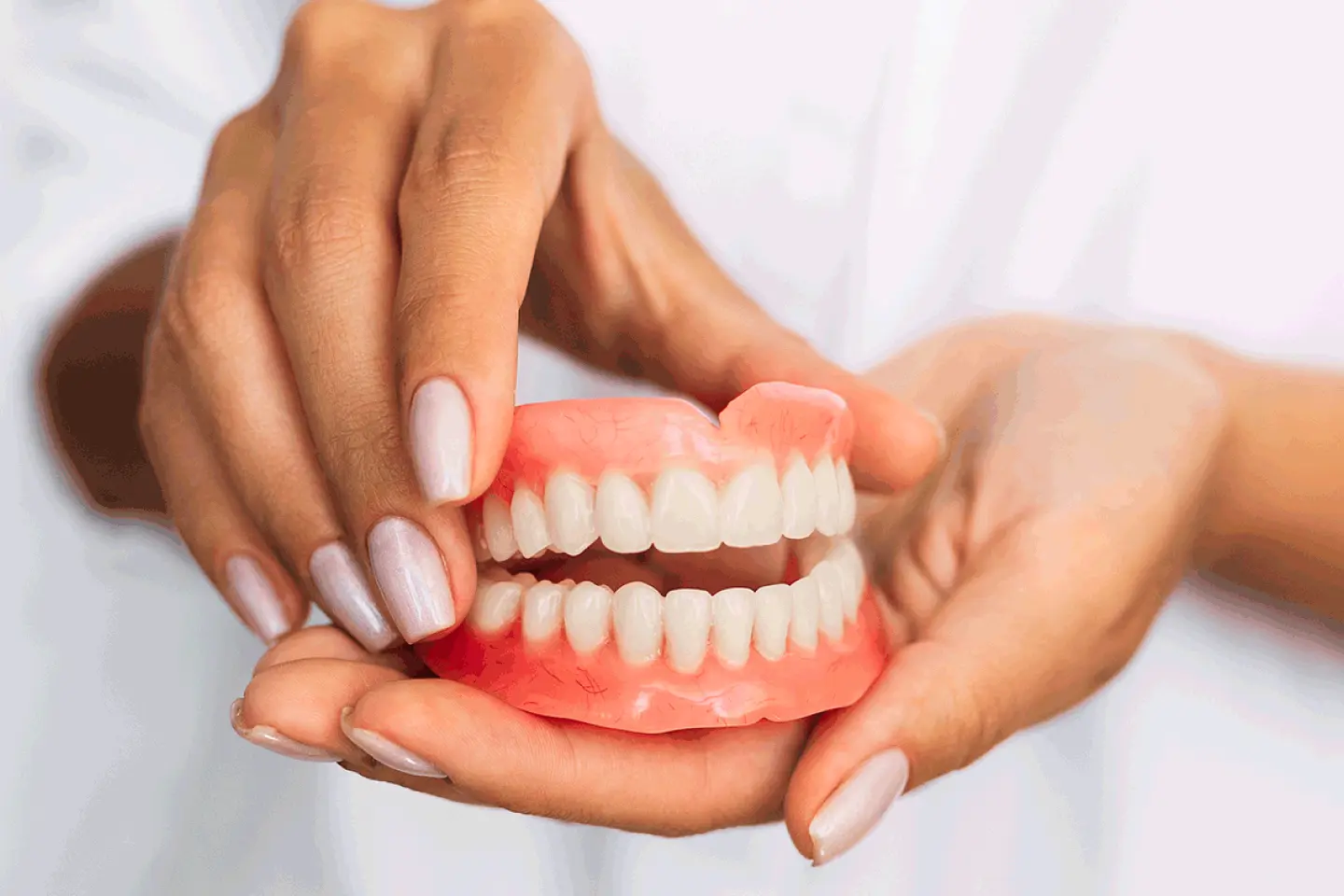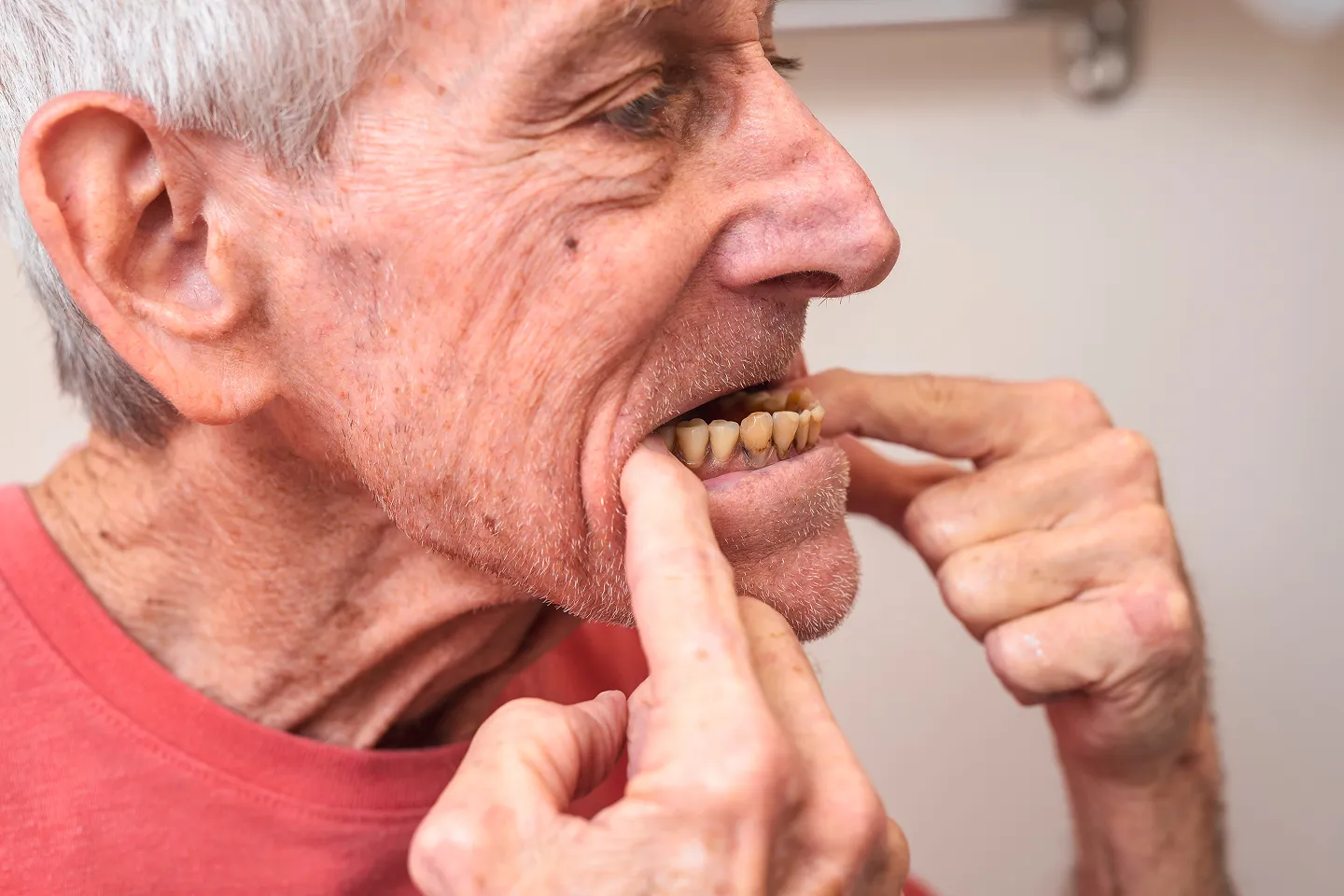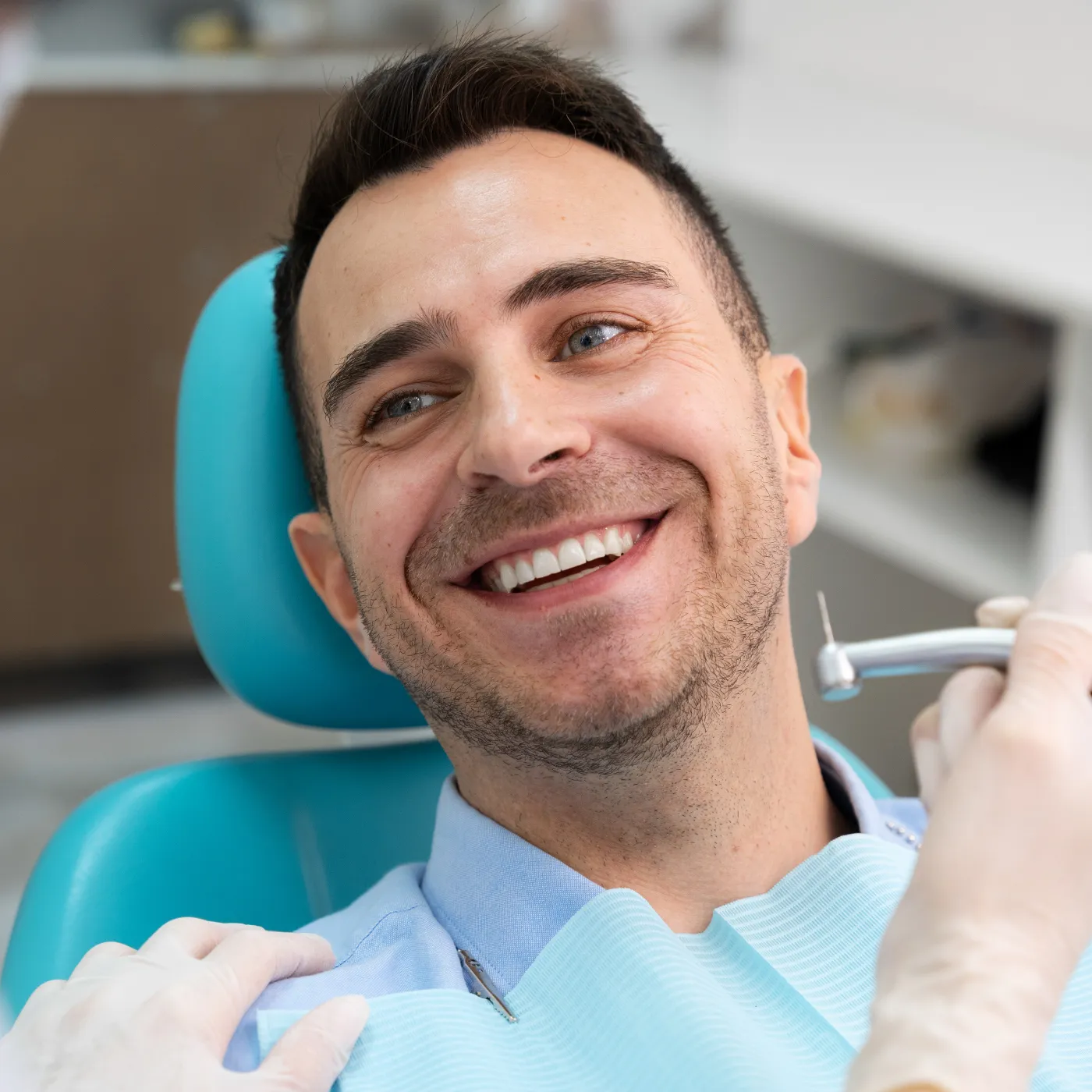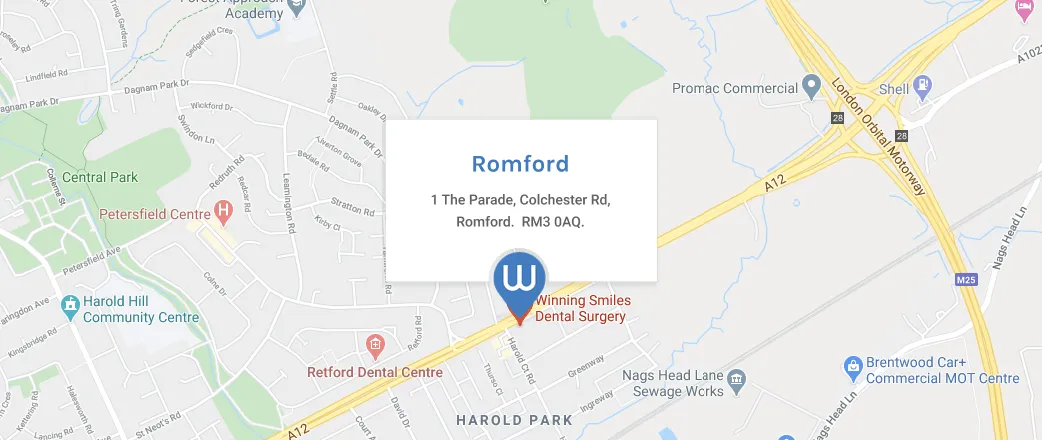I well remember my first denture lecture as a keen young trainee: The denture-department head stood up in front of us at the top of Guy’s Tower and said:
“Before I begin, don’t you lot ever forget one thing: dentures are only ever better than nothing at all!“.
And this from the head of the Prosthetics department. (the top specialist in false teeth – ed.)
With the tongue muscles getting in the way the poor old lower denture hasn’t got a snowball’s chance in hell of staying put. Meanwhile, the patient struggles to speak and eat while it jumps around in the mouth with a life of its own.
Lower Full Dentures Are Bottom Of The Barrel.
Patients can’t eat solid food, they can’t speak of embarrassment, and often the movement of the denture causes friction sores on the gum. What utter misery.
What’s more, there is absolutely nothing the concerned practitioner can do about it. Try as he might, adjusting adjusting adjusting, remaking, relining, and rebasing, it just won’t fix it.
Miserable patient, a miserable dentist.
But Aren’t The Alternatives Too Expensive?
Not necessarily. Enter the well-proven implant-retained denture.
Essentially, the patient’s own denture can be modified with special fixings that then attach to 2 or 4 implants inserted in the lower jaw. The real beauty of this method is that it keeps the cost right down. There is no expensive bridgework, and only 2 or 4 implants can hold that denture right where it is needed.
The treatment costs a fraction of implant-bridge treatment, where up to 6 implants may be required (coupled to 10 or 12 porcelain bridge units bonded to a metal framework).
The implant retained denture can be removed for cleaning, but when placed in the mouth it is fixed solidly. This method can also be used in the upper jaw but more implants are required – but it’s not as great a problem as these useless lower dentures.
I’m sure that patients should be worrying about where to go out to eat!






.webp)
